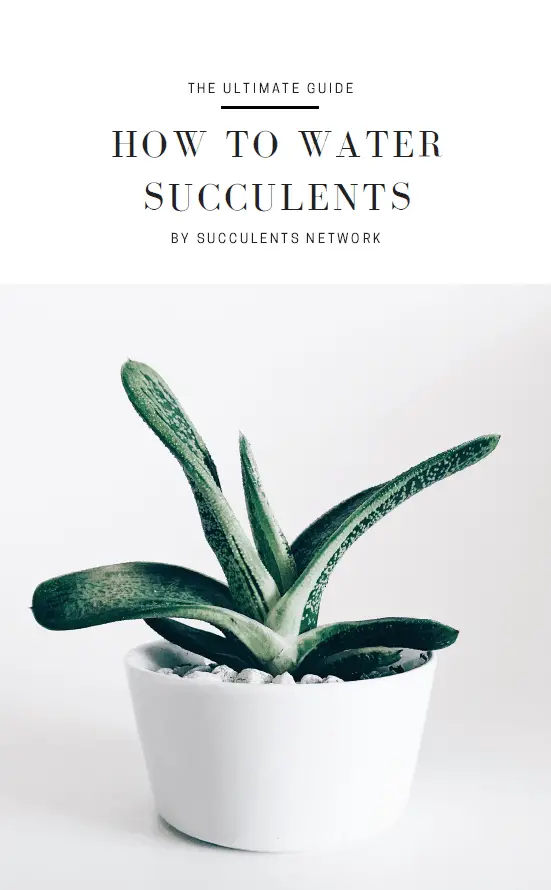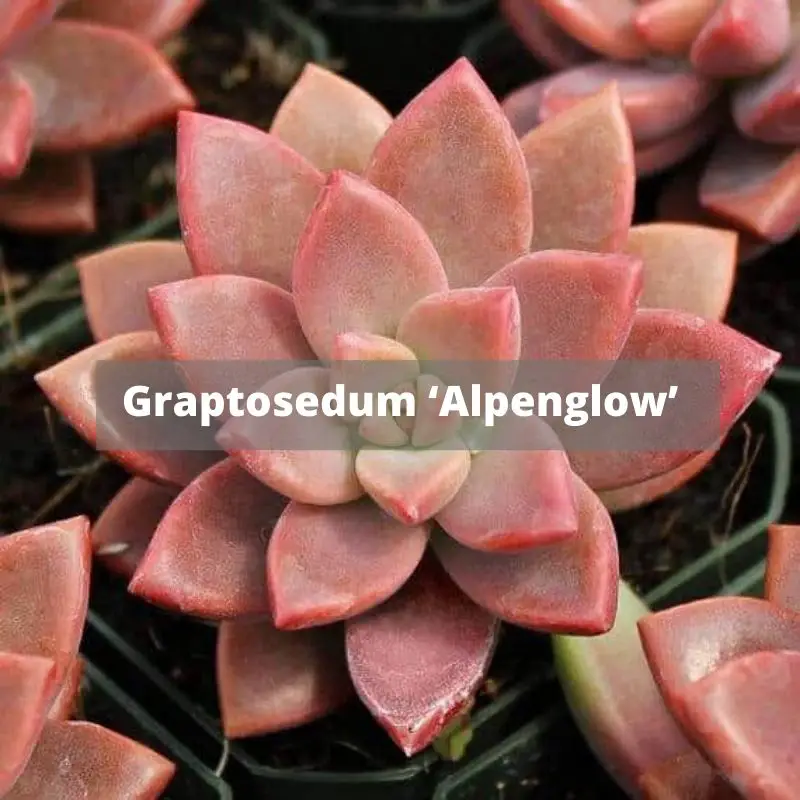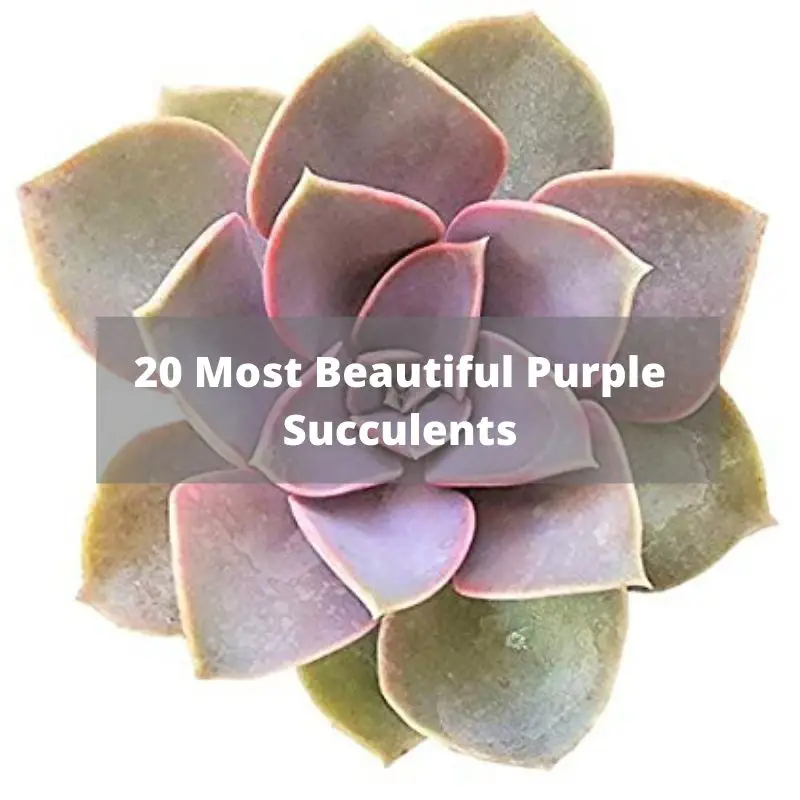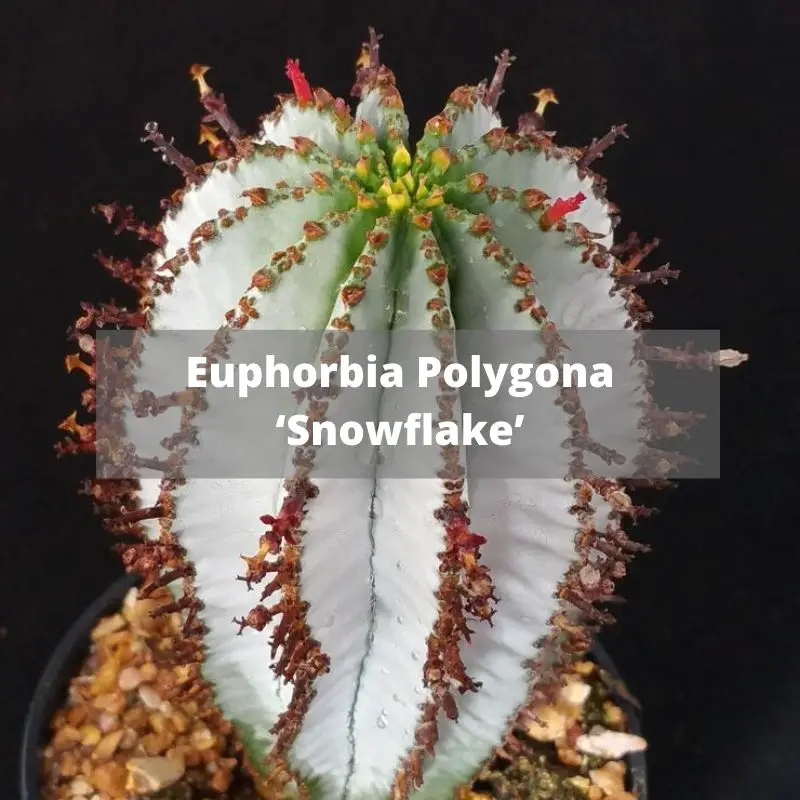Cacti is best to propagate by stem cuttings. That is taking cuttings from an existing cactus allow it to dry and callous. Eventually, the cuttings will begin to create roots and that is when they are ready to grow as new plants. Making this both the fastest and easiest way to propagate cacti.
Cactus are gaining popularity, and that’s no surprise! They are very water-wise, and some can be rooted easily from just one pad. Learn how to get into this message!
You might have noticed some of my posts on cactus, but if not, you’re going to have a little look! It might help you out, gaining some inside to what cactus propagating.
While I was lucky enough to get some of the “cuttings” from some of the more beautiful looking cactuses from the Opuntia collection Waterwise, so, now I am going to share everything with you.
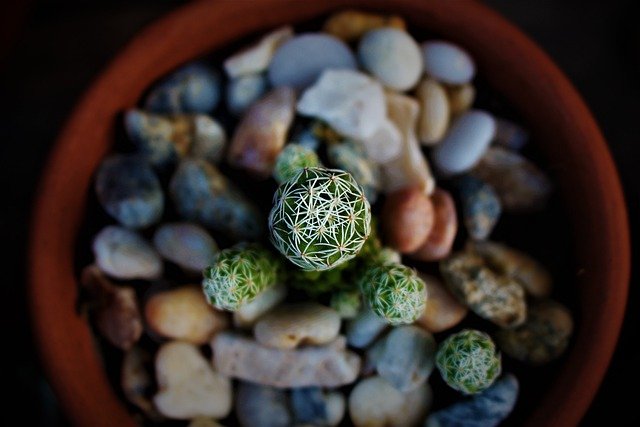
Picture via Pixabay
So let’s begin with all the things you’ll need:
- Opuntia cactus pads
- A decent pot
- well-draining Succulent soil
- Silicone tipped tongs
- Nitrile Dipped Gloves
Are your succulents dying? Do you need urgent help to keep them alive? Don’t worry! This ebook will solve the problems. I shared all my secrets related to how to water succulents with you.
Even if you haven’t dealt much with cactus yet, or need a little refresher on how to keep your hands protected from spines … check out my article on how to treat cactus safely. Otherwise, you might want to have a look at our Ebook.
Our Ebook is designed in a way to help you maximize your potential abilities. You are learning how to grow your succulents correctly. If you want to learn more about that, be sure to have a look at my Ebook above.
I promise this is not a pleasant feeling. The large spines are fine, but those little ones are looking “fuzzy” are struggling to get out of their eyes! Then make sure you have them appropriately handled.

Picture via Pixabay
First, Removing Opuntia Pads
Let’s begin by discussing how to remove the main plant from a cactus pad. For those of you lucky enough to live in an area with lots of Opuntias, you’ll probably have a few neighbors who’ll be more than happy to share a pad.
You can have your own and want to plant more positions for them. That is great too! Start by getting your tongs ready and putting on gloves. Grab a cactus pad and cut it off of the main plant with your pliers. This will be easy for most Opuntias to do, and you’ll get a clean break.
Use a sterile sharp knife and cut off one of the pads if you find it challenging to extract the pad by simply pulling it from.
Remember To Label the Pads
If you end up to get many cuttings as I did, then you should remember that it’s a good idea to label accordingly, so you know which plants are going to where. You also don’t just have a mystery plant down the road in your backyard.
Be sure to write everything in bold so that you can keep better track of it.
Once the pads have been removed and the end calloused over, planting them is the time!
Fill Pots with Soil
Begin by filling soil up into multiple pots. Your pots should be more significant than the pads of the cactus as they get considerably more significant. By the way … If you already have children that like to “help” with gardening, it’s a great bonding experience for them to fill up pots with soil!
Place pads on top of the soil
Lay the cactus pads on top of the soil, once your pots are ready to go. Only put them flat, right over the field. It is so quick! Today, I’m going to pass on some great advice I received from Tom Jesh: don’t hold the pads upright on the field, place them flat. When you put the pads down, they can’t quite easily fall over or slip off the plates.
I did not follow this suggestion at first, as you can see in the photos. The only two I laid down like this were the little’ Red Gem Miniature’ plates since I was unable to get them upright. Okay, as soon as I had done photographing and transferred these on my potting bench to their permanent home, all the pads fell over except one.
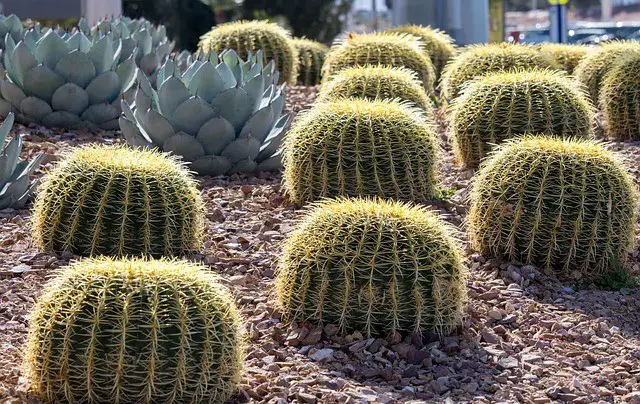
Picture via Pixabay
Water and Wait
Once you laid the little pads on the ground, your time to water. Just remember to soak in the soillike you’d have for a fully grown plant. To help encourage the roots to grow faster, you should leave the soil relatively moist for a few weeks. I get asked many times how to disperse water leaves without making a water pool on top of the leaves. I wouldn’t worry about doing so, for the most part. If water stays on the upper edge of the leaves or the pads, in this case, I already bump it up a bit to help the water run away.
Because the cactus pads are so large, getting water under the whole pad can be a bit difficult. Only make the most of it. If you’re trying to get all the soil wet, that’s going to be good enough for the pads. Roots will take a couple of days to the many weeks to develop wherever they are. The duration has a lot to do about the sort of Opuntia that you plant, and how much watering you are. The more regular watering will help the roots grow quicker with propagation.
The roots form on the insoles, the same spot from which the spines grow. The pad underneath has been growing for almost two months, with limited water. You can see the yellow line out of the areoles like growths. Such are the roots. If I had sprayed somewhat more regularly, the roots would be thicker. Such roots are dense and durable, though, so they will continue to grow just fine.
An Opuntia wide paddle can generally take more than a small pad to form roots. This ‘Red Gem Miniature’ has roots in just over a week, because I still have some wide Looking Straight Cactus pads that have not yet been watered in a couple of weeks, and still have no roots.
Are your succulents dying? Do you need urgent help to keep them alive? Don’t worry! This ebook will solve the problems. I shared all my secrets related to how to water succulents with you.
Once Roots Form
You’ll need to cut back on irrigation after your cactus pads start to develop a good root network, and the roots are in the field and covered up reasonably well. Cactus are tolerant of drought conditions and can rot before they get too much water, so they err on the side of watering.
Your cactus pad should grow new pads each year, which grows larger and larger. From my knowledge, once you root the sheet, fresh pads won’t form until the spring. So these, which were planted in May 2016, should be getting new pads in 2017. The first year after planting, they are less likely to flower, but it is probable. This one had some buds on it that had bloomed after removing it from the main plant!

